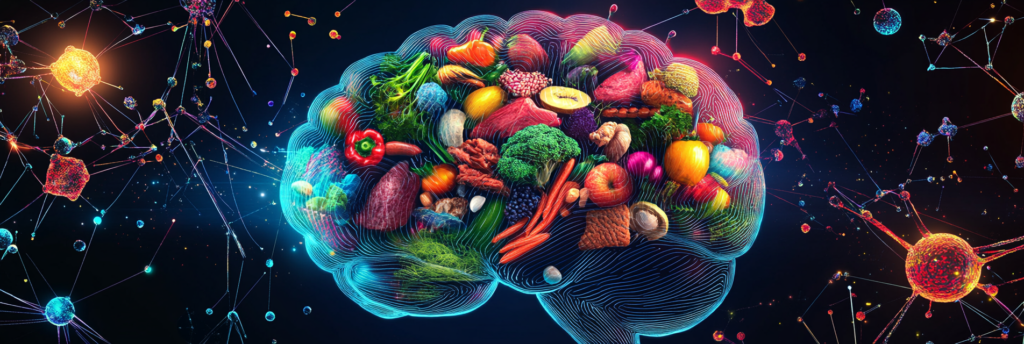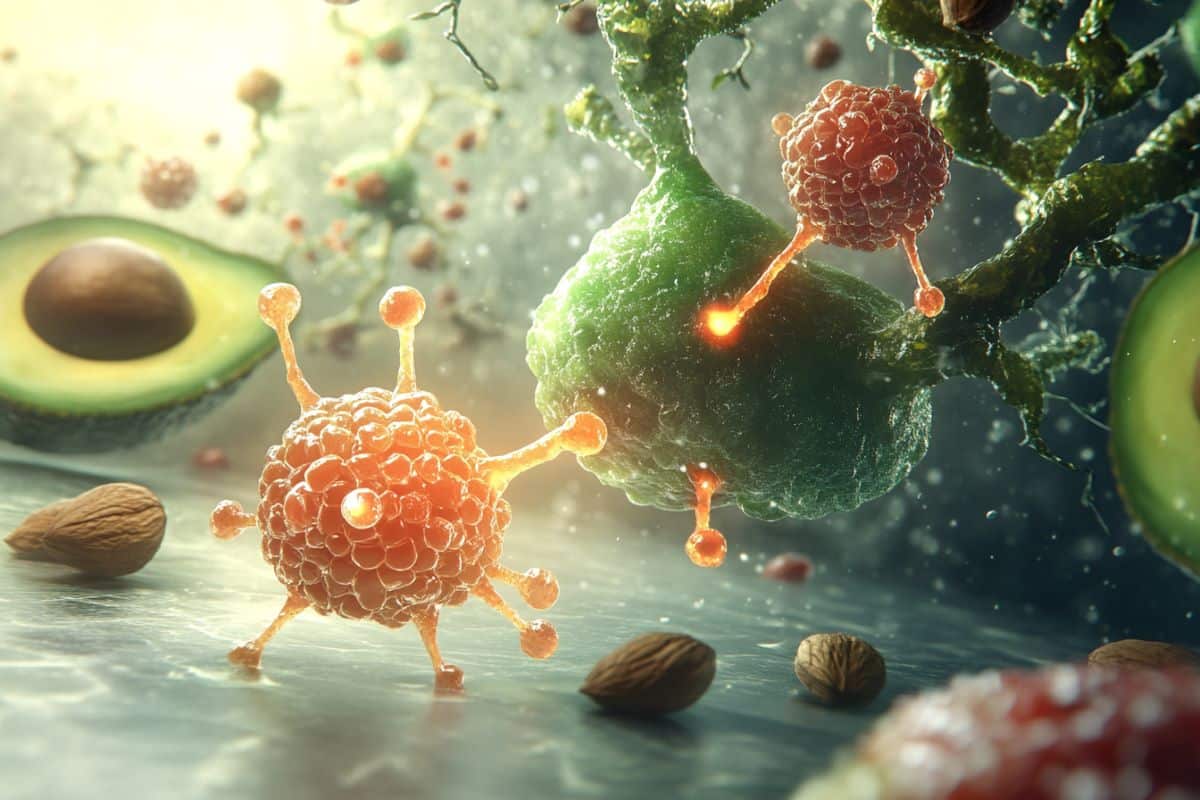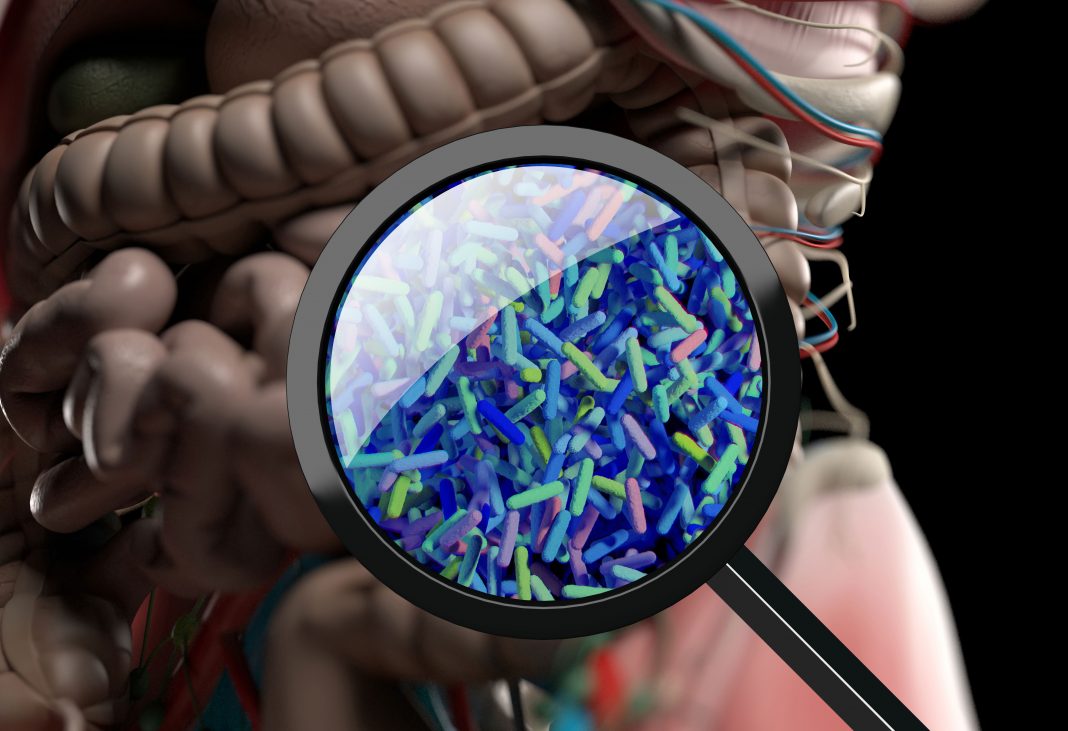I’m Excited, People!
As someone who’s always been fascinated by the science of nutrition and how our bodies work, I’m thrilled to share some exciting news about keto metabolites. This news could change how we think about ketogenic diets—and dieting in general. Researchers have just uncovered a previously unknown family of keto metabolites, opening up a whole new chapter in our understanding of ketosis.
Now, if you’ve ever followed a ketogenic diet, you probably know the basics: it’s all about shifting your body into a fat-burning mode called ketosis, where you rely on ketones like beta-hydroxybutyrate (BHB) for energy instead of glucose. This process is what makes the keto lifestyle so effective for weight loss, mental clarity, and even managing certain health conditions. But what if there’s more to ketosis than we thought? What if it’s not just about burning fat for fuel, but also about deeper metabolic processes that could impact hunger, brain function, and overall health?
That’s exactly what a team of researchers from Stanford Medicine and Baylor College of Medicine has discovered. They’ve identified a new metabolic pathway—a sort of “shortcut” in the world of ketosis—that produces compounds called BHB-amino acids. These molecules might just be the key to understanding some of the keto diet’s most powerful effects, like reduced hunger and improved brain function.
I’m not exaggerating when I say this could revolutionize how we approach keto diets and metabolic health in the long run. With these findings, we’re looking at the possibility of more targeted diets, smarter supplements, and maybe even new ways to tackle appetite regulation and brain health.
Alright, let’s explore what this discovery really means—and how it could reshape the future of nutrition.
Ketosis Demystified: Traditional Understanding

When we talk about ketosis, we’re diving into a fascinating metabolic state that has gained massive attention for its benefits in weight loss, energy, and even brain health. If you’ve ever tried a ketogenic diet or even just dabbled in low-carb eating, you’ve probably heard of the body switching from burning carbohydrates to burning fat for fuel. That’s ketosis in a nutshell—but there’s so much more to it than meets the eye.
Let’s break it down. Traditionally, ketosis is understood to operate through two main pathways. First, we have ketogenesis, the process where your liver takes fatty acids and transforms them into ketones, specifically beta-hydroxybutyrate (BHB). Think of BHB as the superstar energy molecule of the keto world—it powers your body and brain when glucose is in short supply.
Then there’s ketolysis, the flip side of the coin. This is where the magic happens: BHB travels through your bloodstream, reaching your muscles, brain, and other tissues, where it’s broken down to provide energy. It’s an elegant system that keeps your body running efficiently even when carbs are off the menu.
But here’s the kicker—this new discovery shows that ketosis is far more intricate than we thought. For years, we believed we had a pretty solid grasp on how ketosis worked, but it turns out there’s a hidden layer, a previously unknown “shunt pathway” that’s rewriting the rules. It’s like discovering a secret ingredient in your favorite recipe that makes it even better!
What excites me most about this is what it could mean for people following ketogenic diets. If these new metabolites play an active role in the body’s energy and appetite regulation, we could see the keto lifestyle becoming even more effective and personalized. Imagine understanding how your body processes ketones down to the molecular level—it’s like having a roadmap for optimal health and weight loss.
There’s a lot more to uncover about these new pathways, but one thing’s clear: this discovery is shaking up everything we thought we knew about ketosis. And as someone who’s always been intrigued by how the body works, I can’t wait to see where this takes us next. Stay tuned, because the future of keto just got a whole lot brighter!
The Game-Changer: Discovery of a New Pathway

You know, just when we thought we had ketosis all figured out, science comes along and drops an absolute bombshell! For years, we’ve been working with the idea that ketosis operates through two main metabolic highways: ketogenesis, where the liver produces beta-hydroxybutyrate (BHB) as a primary fuel source, and ketolysis, where our cells burn that BHB for energy. Simple, right? Well, not so fast!
A groundbreaking study, led by Jonathan Long from Stanford Medicine and Yong Xu of Baylor College of Medicine, has just unveiled an entirely new metabolic “side road” in ketosis. Published in Cell on November 12, 2024, their research shows that the body doesn’t just stop at producing and using BHB. Instead, there’s this fascinating “shunt pathway” where enzymes attach BHB to amino acids, creating what they’re calling BHB-amino acid conjugates.
Let me tell you why this is so exciting. These new compounds aren’t just metabolic leftovers; they appear to have unique and active roles in our bodies. This discovery means that ketosis is far more intricate than we ever realized—and it opens up a treasure chest of possibilities for how we understand metabolism.
For those of us interested in ketogenic diets, this could be a game-changer. Think about it: if BHB-amino acids play distinct roles in our body, could they enhance the way we burn fat? Could they help regulate energy levels more efficiently? Or even better, could they be part of why so many of us feel sharper and less hungry when we’re in ketosis?
Dr. Long described the discovery as “an unexpected twist in our understanding of ketone metabolism.” And I think that sums it up perfectly. It’s a reminder that the human body is far more complex—and far cooler—than we sometimes give it credit for. For dieters and researchers alike, this finding could mean a future where ketogenic diets are more fine-tuned, effective, and even easier to maintain.
I can’t wait to see where this new pathway leads. We’re standing at the edge of a new chapter in metabolic science, and if this research is any indication, the best is yet to come. Exciting, isn’t it?
Keto Metabolites and Brain Function

Let’s talk about one of the most fascinating aspects of this discovery: how these new keto metabolites might be influencing our brains. If you’ve ever been on a ketogenic diet, you might have noticed something curious — that feeling of reduced hunger, like you’re just not as tempted by snacks and sweets. It’s not just your imagination; science backs this up. What’s exciting is that this discovery gives us a whole new way of understanding why that happens.
Researchers found that these newly discovered metabolites, called BHB-amino acids, have some striking similarities to a molecule called Lac-Phe. Now, Lac-Phe might not sound familiar, but it’s a molecule that’s already known to play a big role in regulating appetite and hunger. Basically, it tells your brain, “Hey, you’re good — no need for that extra slice of cake.” The new keto metabolites seem to work in a similar way, which could explain why people in ketosis often feel less hungry.
Here’s where it gets even cooler: these metabolites don’t just affect appetite; they might also be helping with overall brain function. The brain loves efficient energy sources, and ketones are some of the best out there. These new compounds could potentially play a role in how the brain stays energized and balanced during ketosis.
The researchers behind this discovery, Jonathan Long and Yong Xu, have hinted that this is just the tip of the iceberg. They believe that understanding how these metabolites interact with our brain’s hunger and energy systems could lead to breakthroughs in managing appetite, weight, and even brain health.
So, what does this mean for you and me? Well, it’s another reason to appreciate the power of the ketogenic state. Whether you’re dabbling in keto for weight loss, mental clarity, or general health, this research shows there’s a lot more going on under the surface than we ever imagined. It’s not just about cutting carbs; it’s about unlocking a deeper understanding of how our bodies and brains work together to keep us running optimally.
Amazing, right? I can’t wait to see what researchers uncover next!
Implications for Health, Diet, and Therapy

Of course, when I first learned about this discovery, I couldn’t help but think about all the ways it might change our understanding of the ketogenic diet and its potential. If you’re like me and have been fascinated by how ketosis works—not just as a diet trend but as a legitimate metabolic state—this new pathway opens up so many exciting possibilities.
Let’s start with the obvious: this discovery gives us a deeper insight into how our bodies process energy when we’re in ketosis. Up until now, we thought ketogenesis and ketolysis were the stars of the show. But now, with the addition of these BHB-amino acid compounds, we’re looking at a more complex system—one that could be doing more than just keeping us fueled. These metabolites might be actively influencing how we feel, especially when it comes to hunger and satiety.
For those of us using ketogenic diets for weight management, this could be a game-changer. One of the most common benefits people report on keto is reduced hunger. Now, thanks to this research, we have a better idea of why that might be happening. These newly discovered compounds resemble molecules like Lac-Phe, which are already known to suppress appetite. Imagine if future supplements or treatments could target these pathways to enhance those effects—without the strict diet!
But it’s not just about appetite. The potential brain health applications are equally exciting. Ketosis has long been linked to cognitive clarity and focus, and these metabolites could be playing a bigger role in that than we ever realized. By understanding them better, researchers might be able to develop therapies for neurodegenerative diseases, mood disorders, or even brain injuries.
And what about broader metabolic therapies? If these pathways influence more than just hunger—say, inflammation, energy balance, or even insulin sensitivity—it could open the door to new treatments for diabetes, obesity, and metabolic syndromes. For people struggling with these conditions, the possibilities are incredibly hopeful.
Of course, there’s still a lot we don’t know. But that’s the beauty of science—it evolves. Every new discovery like this one is a stepping stone to something greater. I, for one, can’t wait to see where this research leads us in terms of practical applications for everyday health and well-being. Whether you’re a keto enthusiast or just someone interested in staying healthy, this is a development worth keeping an eye on.
The Path Ahead: Research and Development

When I think about the discovery of a new metabolic pathway in ketosis, I can’t help but feel excited about what lies ahead. Research like this opens so many doors, but it also highlights the challenges we face in truly understanding the complexity of human metabolism. Let’s dive into what this could mean for future studies and how this breakthrough might shape the way we think about health and nutrition.
First off, uncovering a “shunt pathway” where beta-hydroxybutyrate (BHB) links up with amino acids is groundbreaking, but it’s just the tip of the iceberg. There’s so much we don’t know about how these BHB-amino acid compounds function in the body. Are they purely byproducts, or are they actively influencing processes like energy regulation or brain function? To answer these questions, researchers need to dig deeper, likely combining expertise from metabolic science, neuroscience, and even clinical medicine.
Collaboration is key here. This discovery came about thanks to a partnership between Stanford Medicine and Baylor College of Medicine, and I imagine future progress will require even broader teamwork. Think of the possibilities: biochemists, nutritionists, neuroscientists, and even tech experts working together to unravel how these metabolites interact with our systems.
But let’s be real—this is no easy task. Human metabolism is incredibly intricate, and studying it in action is like trying to solve a 3D puzzle where the pieces keep shifting. That’s why this discovery is such a big deal. It adds a new piece to the puzzle, giving researchers a better chance of seeing the bigger picture.
As exciting as this is, there are practical hurdles to overcome. Developing technologies to track these metabolites in real time, creating models to study their effects, and funding long-term research are just a few of the challenges. But I believe the payoff will be worth it. Imagine therapies tailored to regulate appetite or support brain health, or even more personalized ketogenic diets designed to optimize your metabolism.
At the end of the day, discoveries like this remind me of how little we know—and how much we have to gain by asking the right questions and pushing the boundaries of science. The path ahead is long, but it’s also full of potential. I, for one, can’t wait to see what we uncover next.
To Sum Up
When I first heard about this discovery of a new family of keto metabolites, I was genuinely excited—and honestly, a bit in awe. It’s not every day that we uncover something so fundamental about how our bodies work, especially in a field as thoroughly studied as ketosis. This isn’t just a small tweak to what we know; it’s a major leap forward that could change the way we think about ketogenic diets, metabolism, and even brain health.
For me, the most fascinating part is how these metabolites might be influencing more than just our energy levels. They seem to have a hand in appetite regulation and brain function, which ties in beautifully with why so many people experience reduced hunger and mental clarity during ketosis. It’s like our bodies have been hiding this secret mechanism all along, and now we’re finally starting to understand it.
The fact that this research comes from such credible sources—published in Cell and led by teams at Stanford and Baylor—makes it even more exciting. It shows us that science is always evolving, and there’s still so much to learn, even about processes we thought we had fully mapped out. It also opens up a whole new world of possibilities for health strategies, from fine-tuning ketogenic diets to creating new therapies for appetite control and brain health.
If you’re as intrigued by this as I am, keep an eye on this space. Discoveries like these are just the beginning, and I can’t wait to see where they lead us next. After all, the more we understand about our metabolism, the better equipped we are to live healthier, more vibrant lives. And isn’t that the ultimate goal?




